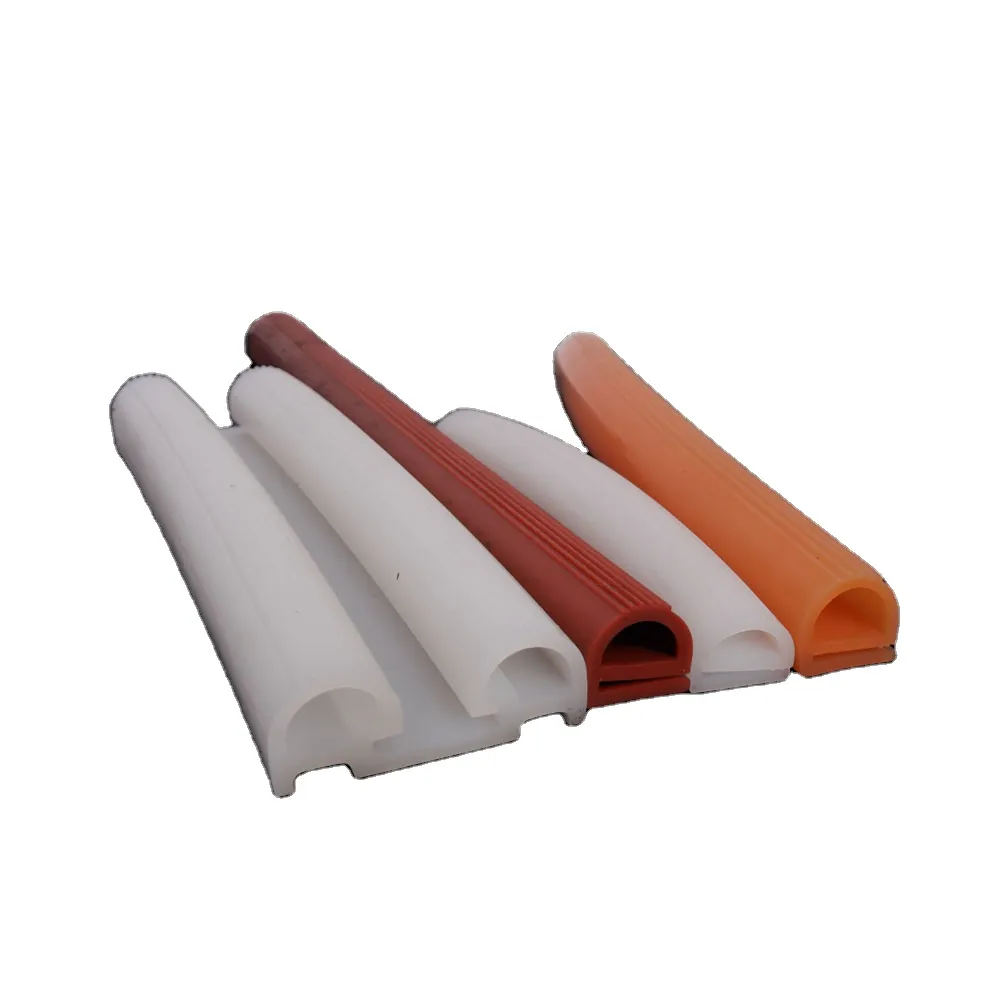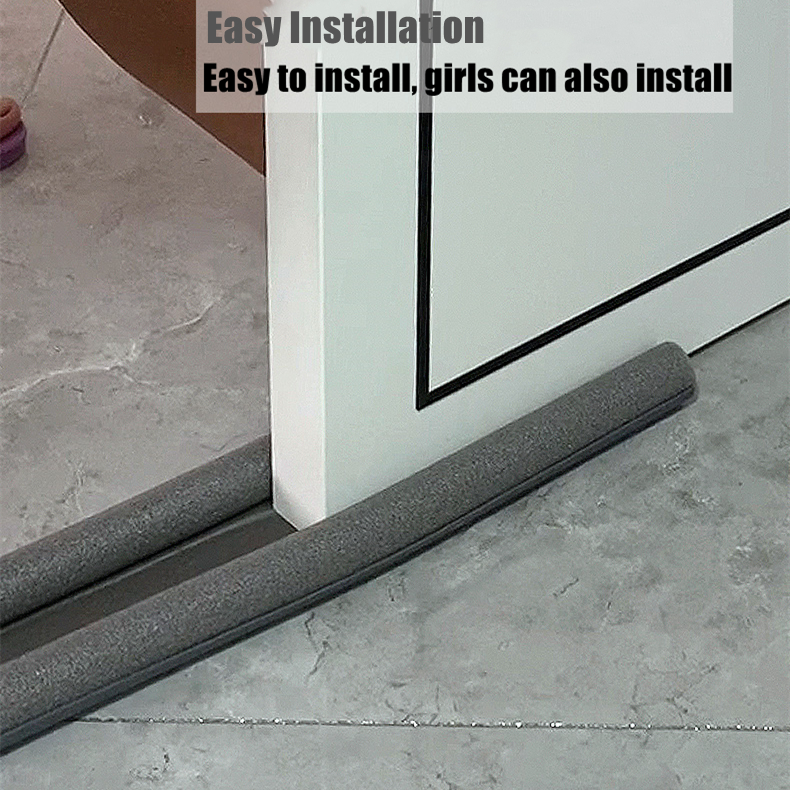Telephone: +8618730949119
E-mail: 1299343081@qq.com
Jan . 20, 2025 04:26
Back to list
different types of garage door bottom seals
Different types of garage door bottom seals are crucial for protecting your garage and its contents from the elements, pests, and debris. A well-chosen seal can significantly improve energy efficiency, enhance comfort, and increase the lifespan of your garage floor and door. This article aims to provide a comprehensive guide to selecting the right garage door bottom seal by exploring various types, their applications, and benefits.
4. Brush Seals Ideal for sealing uneven surfaces, brush seals consist of densely packed polypropylene or nylon bristles. While they may not provide as complete a seal as rubber or vinyl, they are highly effective at keeping out debris and pests. Their flexibility allows them to adapt to irregular surfaces and withstand high-traffic areas without wearing down quickly. 5. Threshold Seals These seals are installed on the garage floor rather than the door itself. They work alone or in conjunction with other seal types to offer additional protection. Threshold seals are primarily used to prevent water ingress and are especially beneficial in flood-prone areas. Easy to install and made from durable materials, they create a permanent barrier that withstands heavy vehicle traffic. Choosing the Right Seal Selecting the right garage door bottom seal involves considering several factors, including climate, pest problems, and the condition of your garage floor. For instance, if you live in a wet climate, a combination of U-type seals and threshold seals could provide exceptional protection against rainwater. In colder regions, T-type or bulb seals made from freeze-resistant materials ensure that the seal maintains its flexibility and effectiveness. Proper installation is equally important as selecting the right type of seal. Incorrect installations can lead to premature wear and inadequate sealing. It is advisable to consult with professionals to ensure the seals are correctly fitted, especially if you have customized or highly specific needs. Conclusion A well-chosen garage door bottom seal is indispensable for ensuring the security and longevity of your garage. Whether you need to enhance energy efficiency, prevent flooding, or keep pests at bay, understanding the different types of garage door bottom seals will help you make an informed decision. Always prioritize durable and weather-resistant materials and consider obtaining professional advice for installation to maximize efficacy. By doing so, you're investing in the health and safety of both your garage and its contents, reinforcing your property's overall value.


4. Brush Seals Ideal for sealing uneven surfaces, brush seals consist of densely packed polypropylene or nylon bristles. While they may not provide as complete a seal as rubber or vinyl, they are highly effective at keeping out debris and pests. Their flexibility allows them to adapt to irregular surfaces and withstand high-traffic areas without wearing down quickly. 5. Threshold Seals These seals are installed on the garage floor rather than the door itself. They work alone or in conjunction with other seal types to offer additional protection. Threshold seals are primarily used to prevent water ingress and are especially beneficial in flood-prone areas. Easy to install and made from durable materials, they create a permanent barrier that withstands heavy vehicle traffic. Choosing the Right Seal Selecting the right garage door bottom seal involves considering several factors, including climate, pest problems, and the condition of your garage floor. For instance, if you live in a wet climate, a combination of U-type seals and threshold seals could provide exceptional protection against rainwater. In colder regions, T-type or bulb seals made from freeze-resistant materials ensure that the seal maintains its flexibility and effectiveness. Proper installation is equally important as selecting the right type of seal. Incorrect installations can lead to premature wear and inadequate sealing. It is advisable to consult with professionals to ensure the seals are correctly fitted, especially if you have customized or highly specific needs. Conclusion A well-chosen garage door bottom seal is indispensable for ensuring the security and longevity of your garage. Whether you need to enhance energy efficiency, prevent flooding, or keep pests at bay, understanding the different types of garage door bottom seals will help you make an informed decision. Always prioritize durable and weather-resistant materials and consider obtaining professional advice for installation to maximize efficacy. By doing so, you're investing in the health and safety of both your garage and its contents, reinforcing your property's overall value.
Next:
Latest news
-
Under Door Draught Stopper: Essential ProtectionNewsJul.31,2025
-
Garage Door Seal and Weatherstrips for ProtectionNewsJul.31,2025
-
Edge Banding Tape for Perfect EdgesNewsJul.31,2025
-
Table Corner Guards and Wall Corner ProtectorsNewsJul.31,2025
-
Stair Nose Edging Trim and Tile Stair SolutionsNewsJul.31,2025
-
Truck Bed Rubber Mats for Pickup BedsNewsJul.31,2025
-
Window Weather Stripping for Noise ReductionNewsJul.29,2025